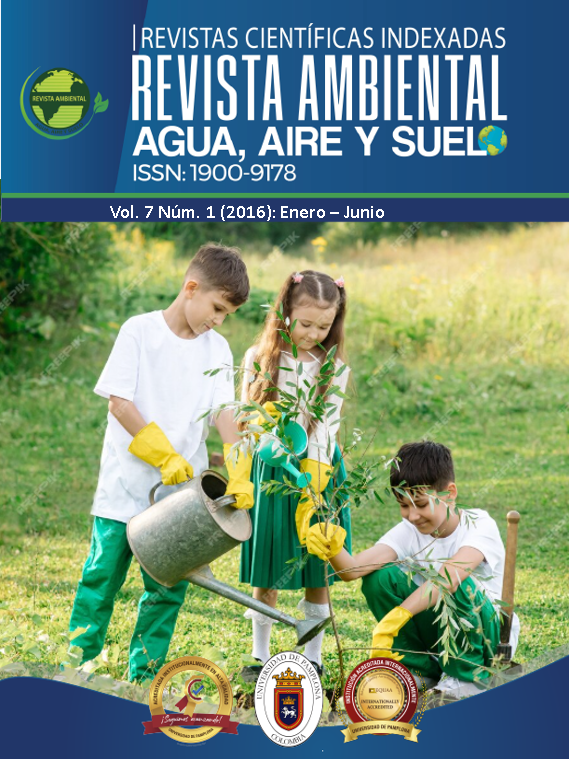Main Ecological Structure of the Pamplonita River Basin
DOI:
https://doi.org/10.24054/aaas.v7i1.777Keywords:
biodiversidad, conservación, cuenca, estructura ecológica Principal, servicios ecosistémicosAbstract
The Main Ecological Structure (MES) is understood as the set of natural systems that form part of the environmental capital infrastructure, supporting the protection and conservation of biodiversity, the provision of ecosystem services, and the fulfillment of the basic needs of the population. The objective of the study was to develop the Main Ecological Structure of the Pamplonita River Basin, as the final outcome of the diagnostic phase of the project for updating the management and planning plan of the Pamplonita River Basin, in compliance with Article 2.2.3.1.6.8 of Decree 1076 of May 26, 2015.
The methodology used was based on the proposal by IDEAM (2011), applied to the entire national territory at a scale of 1:500,000, with guidelines adapted to the scale of the Pamplonita River Basin. Its significance lies in being the only project among the five pilot projects in the country that achieved this result at the watershed level.
The development of the MES required the contribution of an interdisciplinary team, providing technical and cartographic inputs for indices and indicators of ecosystem services such as water provision, water regulation, moderation of mass movements, moderation of extreme hydrometeorological events due to precipitation, moderation of extreme hydrometeorological events due to flooding, carbon storage in soil, and carbon storage in aboveground biomass.
The consolidation of these services generated three MES scenarios: a first scenario where all services have equal importance; a second scenario prioritizing water provision and regulation services; and a third scenario prioritizing services that moderate extreme climatic events. The study was funded and supervised by CORPONOR, Francisco de Paula Santander University, ASOCARS, the Ministry of Environment and Sustainable Development, and the Embassy of the Netherlands.
Downloads
References
CORPONOR, UFPS, ASOCARS, & MADS. (2014). Actualización y ajuste al Plan de Ordenación y Manejo de la Cuenca del Río Pamplonita.
Instituto de Hidrología, Meteorología y Estudios Ambientales (IDEAM). (2011). Estructura ecológica principal de Colombia (Escala 1:500.000).
Rivera, M. E., Gutiérrez, A., & Cristancho, G. Y. (2013). Diagnóstico y manejo ambiental de la microcuenca Q. El Escorial, municipio Pamplona. Revista Ambiental Agua, Aire y Suelo, 4(1), 45–52.
Márquez, G., & Valenzuela, E. (2008). Estructura ecológica y ordenamiento territorial ambiental. Revista Gestión y Ambiente, 2(2).
Ortega, Y. (2014). Componente biótico del Plan de Ordenación y Manejo de la Cuenca del Río Pamplonita. CORPONOR.
Phillips, O. L., et al. (2011). Estimación de las reservas actuales (2010) de carbono almacenadas en la biomasa aérea en bosques naturales de Colombia: Estratificación, alometría y métodos analíticos. Instituto de Hidrología, Meteorología y Estudios Ambientales (IDEAM).
Downloads
Published
Issue
Section
License
Copyright (c) 2021 REVISTA AMBIENTAL AGUA, AIRE Y SUELO

This work is licensed under a Creative Commons Attribution-NonCommercial 4.0 International License.










